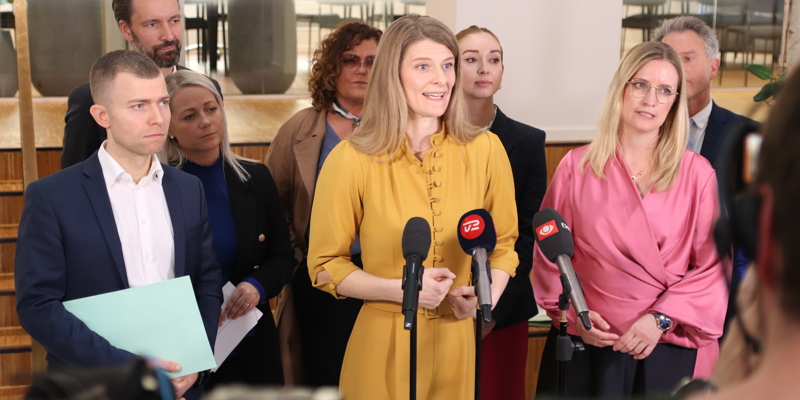A new report from the World Health Organization (WHO) indicates that current traffic noise pollution limits in Denmark are far too high.
The recommendations of the WHO report (here in English) designate 53 decibels (dB) as the limit when traffic noise becomes a health hazard, compared to the 58 dB that the Danish authorities recommend.
“Noise is one of the most important environmental risks to health and continues to be a growing concern among policy-makers and the public alike,” said Zsuzsanna Jakab, the WHO regional head for Europe.
“Based on the assessment threshold specified in the Environmental Noise Directive of the European Union (EU), at least 100 million people in the EU are affected by road traffic noise, and in western Europe alone at least 1.6 million healthy years of life are lost as a result of road traffic noise.”
READ MORE: Road noise a bigger problem than previously thought
Over 1 million
The report means there are far more Danes living in the ‘danger zone’ today than anticipated. For instance, in Glostrup Municipality there are 7,900 citizens who live in an area where traffic noise levels exceed 58 dB. But following WHO’s recommendations, that figure rises to 17,400 – some 75 percent of citizens in Glostrup.
In fact, Danish calculations show that over 1 million people in Copenhagen, Aarhus, Aalborg and Odense live with noise levels of over 55 dB.
Recent research has found that noise pollution of over 53 dB increases the risk of a number of illnesses, such as strokes, diabetes, stress and blood clots.
READ MORE: Copenhagen among the least stressful cities in the world
Wake-up call
In Denmark the recommended 58 dB limit has been used for over a decade as a basis for permission to construct new buildings and ascertain where to set up noise-prevention barriers by motorways.
“This should most definitely be a wake-up call for the Danish authorities. The new research means we need to take a more serious look at noise pollution,” Göran Pershagen, a professor with the Karolinska Institute in Stockholm who was one of the researchers behind the WHO report, told DR Nyheder.
While the difference between 58 and 53 dB might not sound too immense, the five-point gap is actually the same as a tripling of sound energy.
















